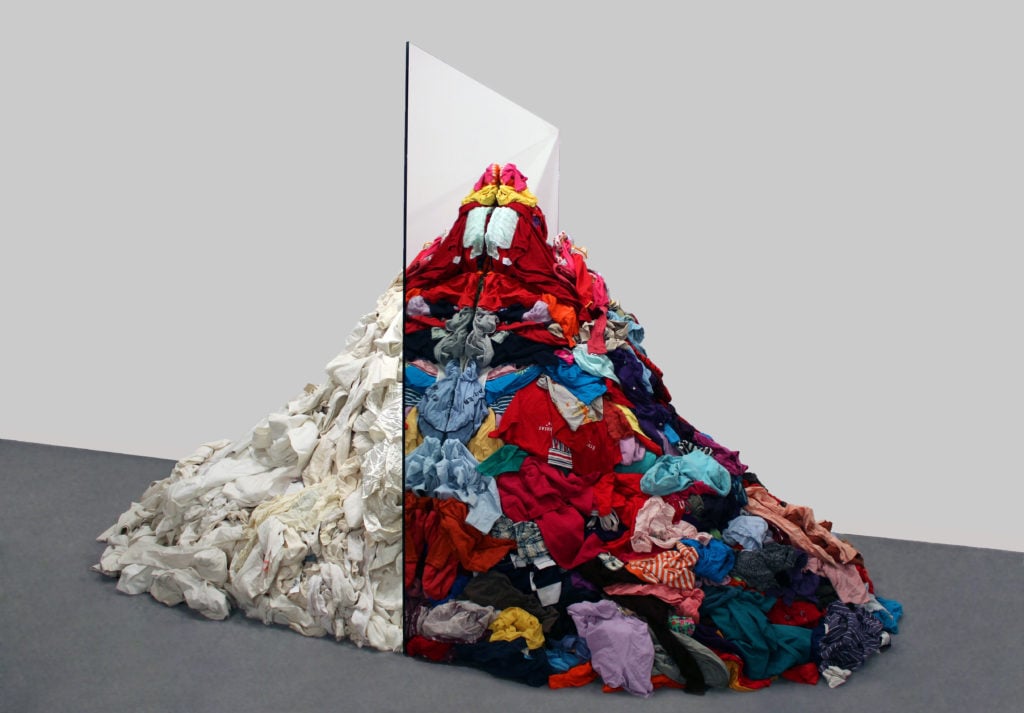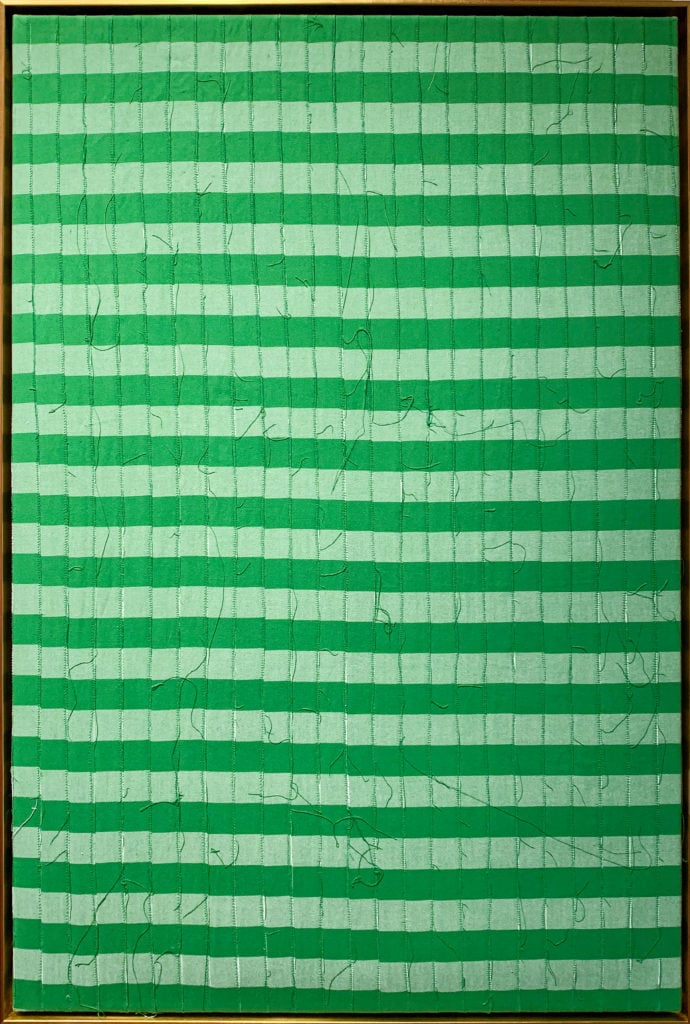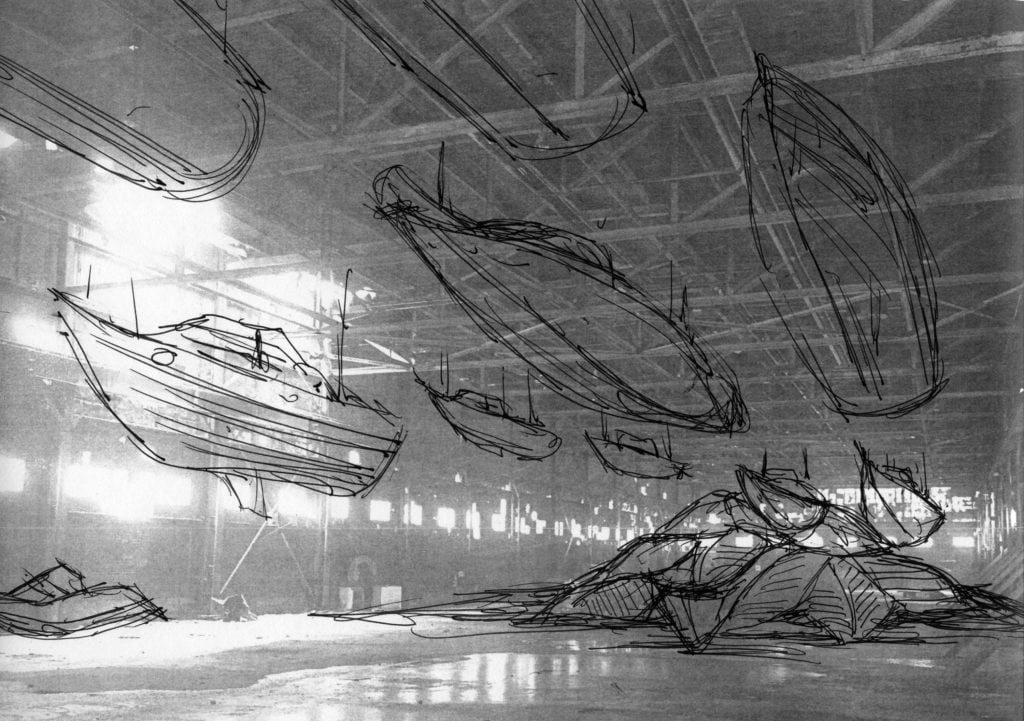Art & Exhibitions
What Happens to Culture After a Financial Crisis? A New Exhibition Offers a Global Survey of Art in the Wake of Economic Collapse
Five regions in the US, Asia, Europe, and elsewhere are the focus of the show.

Five regions in the US, Asia, Europe, and elsewhere are the focus of the show.

Sarah Cascone

What do Detroit, Greece, Cuba, Italy, and South Korea have in common? They’ve all suffered social crises triggered by a large-scale economic collapses. A new exhibition from the Cranbrook Art Museum at Michigan’s Cranbook Academy of Art takes a look at the innovative art scenes that have sprung up in the aftermath of such dramatic financial downturns.
“The frequency of economic upheaval and recovery has accelerated over the last half-century, primarily due to interdependent, global economies,” explained Laura Mott, Cranbrook’s senior curator, in a statement. “The exhibition offers an exciting opportunity to look to artistic production as a way to understand our contemporary moment from the ground up, and to explore how artists have continued to mine the material cultures that rose from these crises for inspiration and meaning.”
The show, titled “Landlord Colors: On Art, Economy, and Materiality,” will be on view from June 21 through October 6, 2019. It covers Detroit from the 1967 rebellion through the present; Italy and Arte Povera of the 1960s through the ’80s; South Korea under authoritarian rule in the 1970s; Cuba under embargo since the 1990s; and Greece since the 2009 financial crisis.

Tiff Massey, White Out (Green). Photo courtesy of the Cranbrook Art Museum.
From Cuba, expect artists including Belkis Ayón and Tania Bruguera, and from South Korea, Lee Ufan, Park Seo-Bo, and Ha Chong-Hyun, to name a few. Greece is represented by Dora Economou, Kostis Velonis, and others, while local Detroit artists such as James Lee Byars, Tyree Guyton, and Alvin Loving will be joined by Italians Jannis Kounellis, Michelangelo Pistoletto, Mario Merz, Marisa Merz, and others.
There will also be a related public art and performance series, “Material Detroit,” taking place across the Detroit area. Mott calls it “the outgoing, extroverted sibling born of this exhibition and research, where ideas leap off the plinth or page and become voices, movements, and experiences.”
Mott has spent the past several years traveling to all the featured countries in preparation for the exhibition. She worked closely with Taylor Renee Aldridge, co-founder of ARTS.BLACK, and Ryan Myers-Johnson, executive director and curator at Sidewalk Detroit, on the “Material Detroit” programming, which includes a Susana Pilar performance and an immersive sound work by Sterling Toles, both inspired by the 1967 rebellion.

Scott Hocking, Bone Black (rendering). Photo courtesy of the Cranbrook Art Museum.
Another excepted highlight is Scott Hocking’s Bone Black, a monumental installation presented in a former industrial building featuring abandoned boats painted with locally produced paint made from crushed animal bones. The fleet of vessels, suspended in the air, is meant to represent the “bones” on the city’s failing economy.